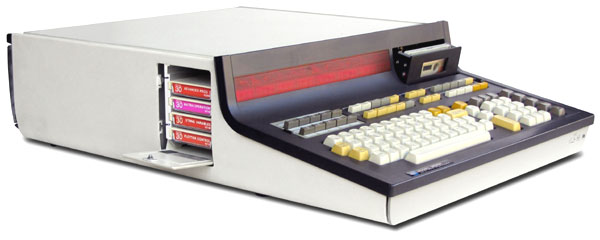
|

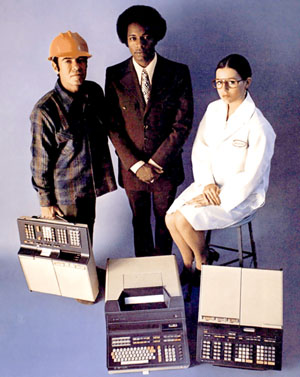
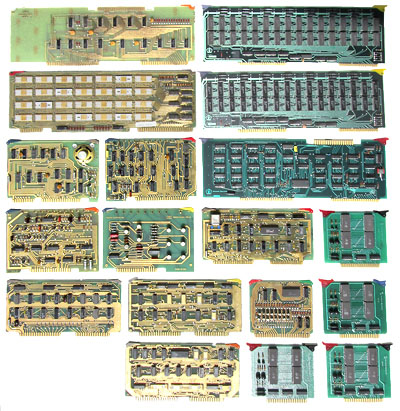
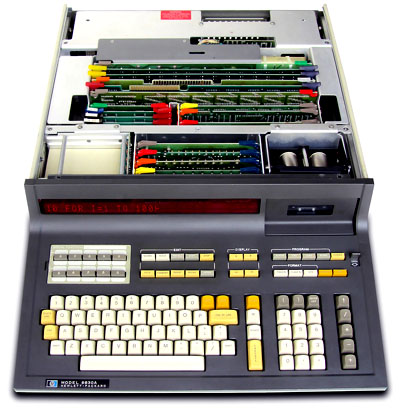 Designed before the time of common computer microprocessor chips, the HP-9830A is comprised mostly of
7400-series gates, shift registers, and decoders. It requires sixteen (or more) circuit boards to operate:
Designed before the time of common computer microprocessor chips, the HP-9830A is comprised mostly of
7400-series gates, shift registers, and decoders. It requires sixteen (or more) circuit boards to operate:
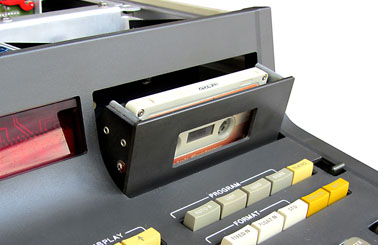 The Hewlet-Packard HP-9830A is pretty big and heavy - 45 lbs / 20kg - but also very expandable with many options.
The Hewlet-Packard HP-9830A is pretty big and heavy - 45 lbs / 20kg - but also very expandable with many options.
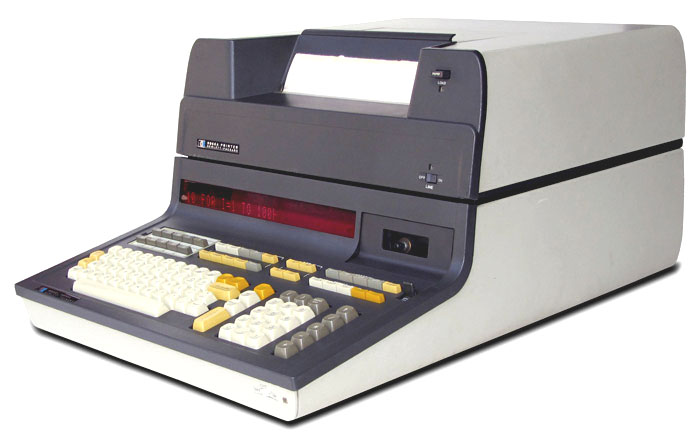
|